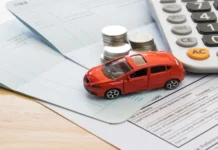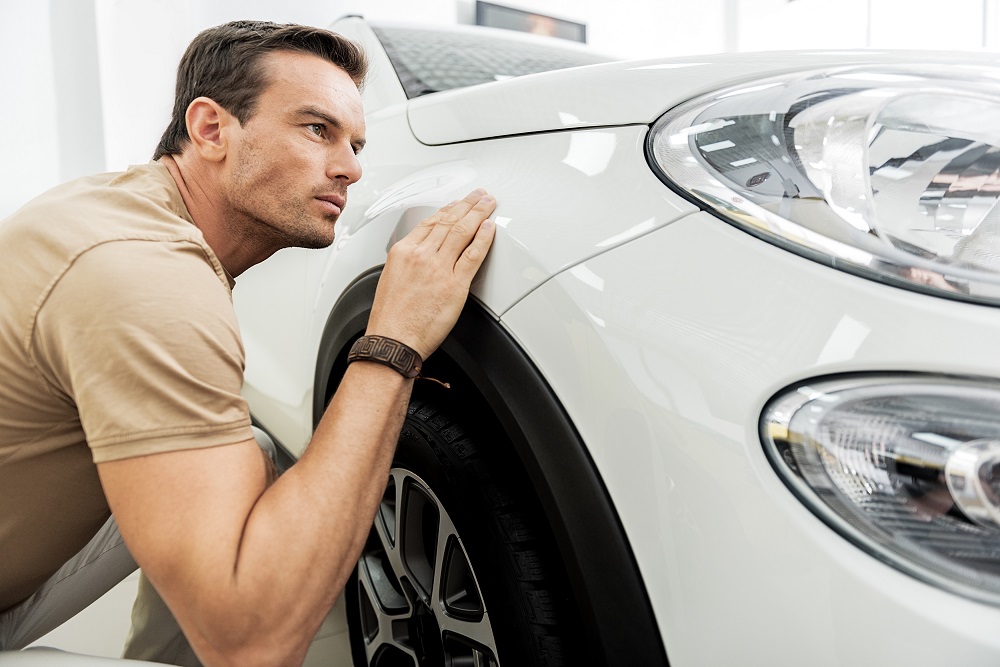
Buying a used car always comes with a big risk. In a way, it’s a blind purchase. Most advertisements for sale do not describe the real technical condition of the car, because otherwise very few people would be interested in buying them. Vendors, mostly dealers transporting used vehicles from elsewhere, are trying to cover up the real past of the cars they sell, as well as current damages, which could significantly reduce the value of the car.
Even buying a car from a private seller can represent a risk, because of high repair costs that can occur in a short period of time. Why? A modern car, depending on the class and type of equipment, can have from just a couple to a few dozen computers inside, and from a few to several hundred sensors of various types (in premium cars). That’s a lot of possibility for an expensive repair.
But, on the other hand, do you know that buying a used vehicle can bring significant savings without losing on the quality of the car? Only if you check carefully what you’re about to buy. Here are all the reasons why you should check the car, before buying it.
1. To avoid purchasing a suspicious vehicle
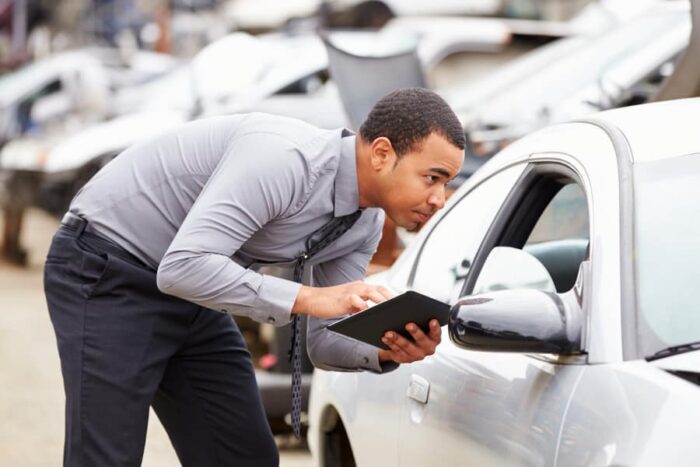
A part of the risk of buying a used car is that its history might be suspicious. This is why you need to know this before making the purchase. The procedure is called a vehicle history report, and it tells the following: if the car has been stolen, the insurer’s database shows if the vehicle has not been repaired after it has been involved in a serious accident, but also if the previous owner has not made any modifications (e.g. applied a different engine from the original). Check here for other details this report shows.
2. To evaluate its mechanical condition
It would be ideal to check the vehicle with a mechanic or diagnostician, who checks the condition of the suspension, braking and steering systems, rust, leakage, compression of the drive unit, the level, and condition of operating fluids (e.g. gear oils, or fluid condition due to metal shavings) and other actions.
Find a mechanic with a good diagnostic tool. Without a proper diagnostic tool, he cannot detect that the sensors in the car are not working, which is a source of information for the computer. On the other hand, no diagnostic computer detects that the car has broken suspension bushings, a worn battery, or holes in the chassis, corroded by rust. The diagnostic computer does not detect damaged crankshaft plain bearings. So, it’s important to find someone who can do both. Only a mechanic can check the condition of the power steering oil and whether there are any metal shavings in it. Computer diagnostics ideally complement the knowledge and experience of mechanics.
3. Potential failures
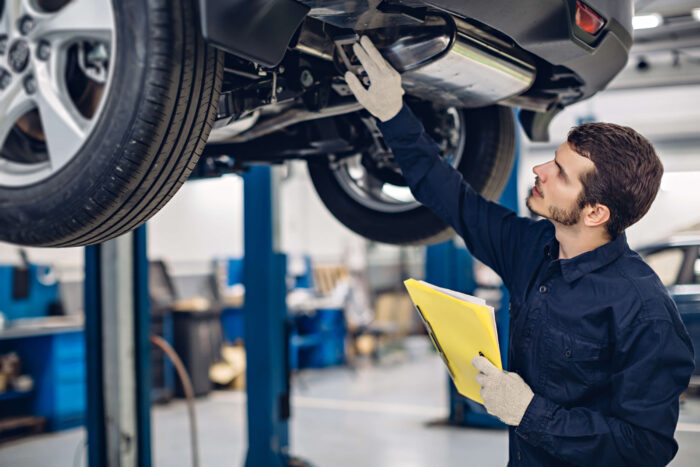
During use in traffic, all assemblies in the car are to some extent exposed to mechanical stresses and wear. One of the best examples is the engine itself, within which the wear of moving components occurs every time the engine is started. Similar processes occur with other drive elements, such as the transmission or differential, although to a much lesser extent. On the other hand, we have many vehicle components that are exposed to many stresses and shocks throughout the ride. Clamps, shoulders, and shock absorbers are just some of the parts that suffer the most when crossing a hole or curb. Therefore, when speaking to the seller, try to find out how and where was the car mostly used, so you can guess where the potential failures may be.
4. Suspicious sellers
As in any other business, when selling a car, it is necessary to achieve the highest possible income with the lowest possible costs. It should be noted that many used car dealers offer only quality and tested vehicles. Their vehicles are inspected in detail before being put on sale, and all detected defects are repaired according to the highest standards. But as some are not so honest, car fraud is no exception. One of the common tricks is to purchase a cheap used vehicle that is broken, damaged, or generally in poor condition. During the repair, the cheapest parts and materials are used, so that the entire procedure is as low as possible. Of course, everything is silenced during the sale and the vehicle is advertised as ‘never hit and ‘in excellent condition. Although such a car may look and work well but have poor quality parts.
5. To check if the mileage is real
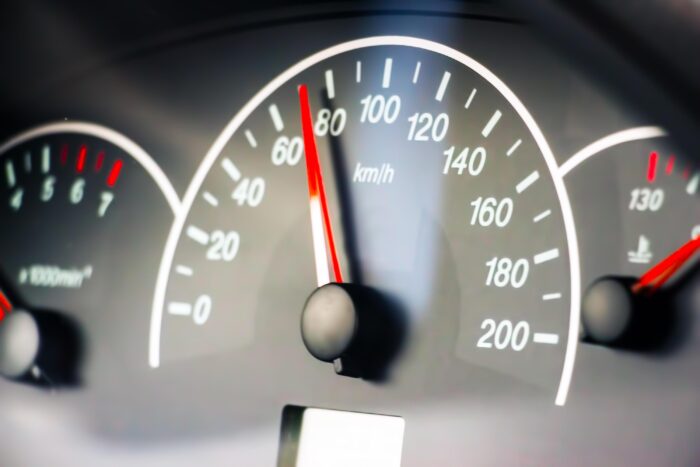
The figure of 125 and more thousand miles is a thorn in the eye of many potential buyers, which makes them turn their heads and prefer those cars with lesser mileage, so it is no wonder that sellers often decide to reduce mileage. Although it is a criminal offense and a lot of sellers have already been punished, many will still face this risk to make the car more appealing to the customers.
How can one know if the mileage was reduced? The best mileage indicator is actually the condition of the car. If the car has worn seats or a worn steering wheel and gear lever, it is very possible that it has traveled a large number of kilometers. Further indicators can be if the engine is running restlessly or smoking, if the engine is washed, etc.
To conclude, buying a used car can be risky, but can also result in a quality purchase if you simply decide to give it a detailed check. Sellers, as we mentioned, use many tricks to disguise the car’s condition, just to sell it asap. Additionally, when buying privately, it is best to buy from the owner. Checking the car can tell you how long has the seller been the actual owner. The longer the seller’s name is on the papers, the better.


